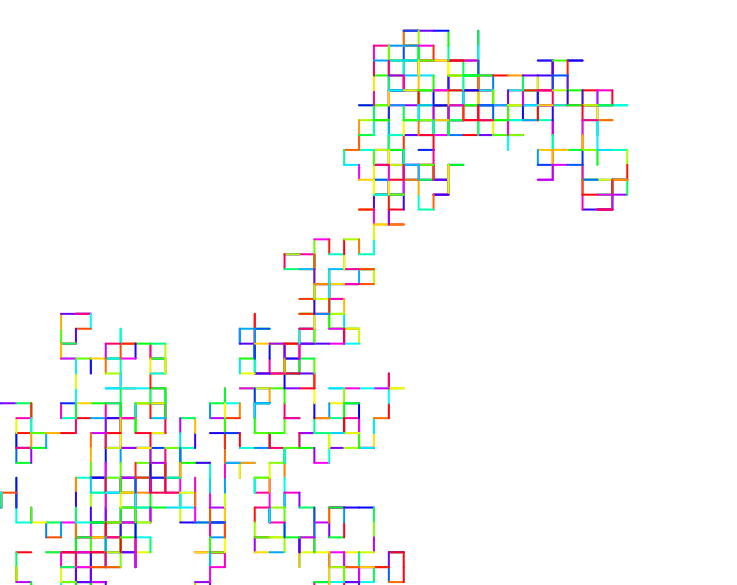
Introduction to Stochastic Process
@Mathematics
@Probability
@Stochastic Process
#Markov
Contents
Stochastic Process
Definition
When we study the behavior of a random system, we are interested in how the system evolves in time. The evolution of the system is a random process or stochastic process.
With the following assumption:
- The system occupy one and only one state at any moment in time;
- The evolution of the system can be represented by the transitions from state to state.
In this way, the process can be represented by all possible states that the system may occupy and which state the system occupy in different time stamp throughout the whole lifetime of the system. Mathematically,
- Stochastic Process can be defined as a family of random variables \(\{X(t), t\in T\}\), each \(r.v. X(t)\) is defined on some probability space.
- \(T\) is called parameter space on which the parameter \(t\) is defined. When the parameter \(t\) is discrete, \(T\) is also called index set. Parameter \(t\) usually represent time.
- The values of \(r.v. X(t)\) are called states. The set of all possible states forms the state space of the stochastic process.
Classification
Parameter space and State space
- For instance, we could deal with the stochastic process of discrete state space where states are usually identified with a subset of the set of natural numbers \(\{0,1,2,\ldots\}\). This stochastic process is also referred to as a Chain.
- If the stochastic process is of discrete parameter space, we could call it discrete parameter stochastic process or discrete-time stochastic process.
- Markov Process is a special type of stochastic process. If the state space of a Markov Process is discrete, then this process is a Markov Chain. Also, there are discrete-time Markov Chain and continuous-time Markov Chain with regards to different type of parameter space.
Time Dependency of Evolution
- A stationary stochastic process is invariant under an arbitrary shift of time origin, i.e. mathematically \(\forall \alpha, \forall n, t_i, x_i\)(with \(i = 1,2,\ldots ,n\)),
- The transitions of a homogeneous stochastic process is not depending on the elapsed time from initiation.
- In either homogeneous or non-homogeneous case, the stochastic process may or may not be stationary.
Dependency of Passed Evolution
Future Evolutions and
Passed Transitions
current state ONLY
current state AND passed transitions
Markov Process
Markov Property
- Markov Process is a type of stochastic process with Markov Property.
- Markov Property, i.e. Memoryless property, states that the future evolution of the process depends ONLY on its current state, not depending on the passed transitions of the process.
Classification
Applying the classification rules of stochastic process, we also have the following types of Markov Process.
parameter space
i.e. Markov Chain
i.e. DTMC
i.e. CTMC
Markov Chain
Markov Chain is a stochastic process with discrete state space and Markov property.
Further more in DTMC: Discrete Time Markov Chains.
Reference
There are some books and articles I read while I was writing this post.1
Have fun!
If it's not working, try turning it off and on again!